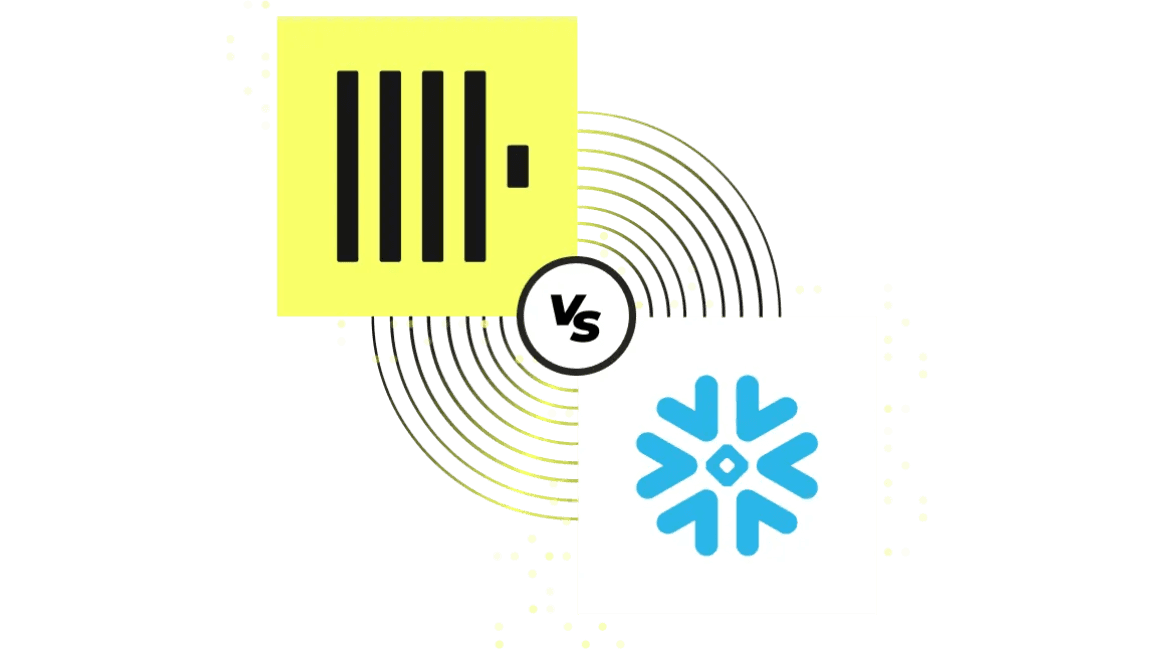Boost your knowledge
with Glassflow
Stay informed about new features, explore use cases, and learn how to build real-time data pipelines with GlassFlow.
ClickHouse Deduplication with ReplacingMergeTree: How It Works and Limitations
ReplacingMergeTree deduplication in ClickHouse – and its limitations.
Written by
Armend Avdijaj
Mar 30, 2025
Read More





Search

Cleaned Kafka Streams for ClickHouse
Clean Data. No maintenance. Less load for ClickHouse.

Cleaned Kafka Streams for ClickHouse
Clean Data. No maintenance. Less load for ClickHouse.










































